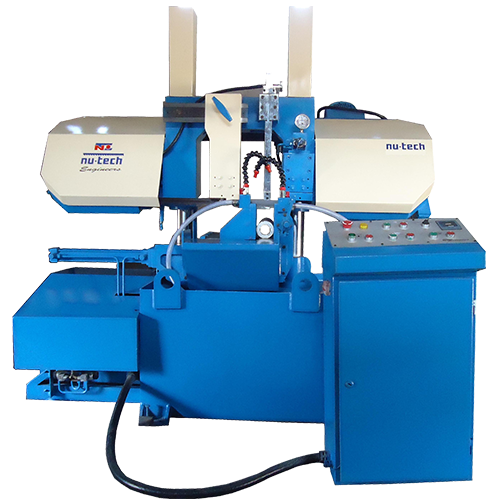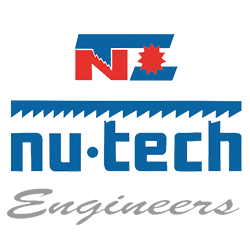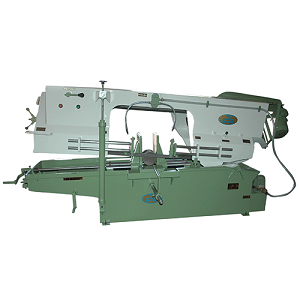Is A Wider Bandsaw Blade Better?

Does Bandsaw Need Coolant?
July 7, 2022
How to Maintain Proper Lubrication on Bandsaw Blades?
July 12, 2022Is A Wider Bandsaw Blade Better?
While discussing bandsaw blade design for cutting dry wood, there are most likely however many conclusions as there are bandsaw makers. In this way, we should take a gander at the essential thoughts and ideas of a band blade so we can see the value in what elements are basic for our activity and consequently what plans may be ideal.
The most vital phase in picking a bandsaw blade is to characterize the cutting prerequisites. A few contemplations are connected with the nature of the cut – perfection, precision or straightness, and bend range – and some are connected with the actual wood – wood thickness, the profundity of cut, and grain direction. We don’t completely accept that the speed of cutting ought to be an issue, however certain individuals are worried about speed.
Band Blade Width
The width of a blade is the estimation from the highest point of the tooth to the back edge of the blade. The more extensive blades are stiffer by and large and will quite often follow preferred on the band wheels over restricted blades. While cutting thicker material, the more extensive blade has less capacity to digress in light of the fact that the back end, when in the cut, helps steer the front of the blade, particularly on the off chance that the side leeway isn’t unnecessary.
When resawing a piece of wood, the smaller blade will really cut straighter than a more extensive blade. The power of cutting will make a wide blade stray sideways, while with a tight blade, the power will push it in reverse, yet all at once not sideways. This isn’t what may be generally anticipated, however it is without a doubt obvious.
Tight blades can while cutting a bend, cut a lot more modest sweep bend than a wide blade. For instance, a ¾ vast blade can cut a 5-1/2-inch sweep while a 3/16-inch blade can cut a 5/16-inch span. While cutting hardwoods and high-thickness softwoods like Southern yellow pine, it is my inclination to use as wide a blade as could be expected; low-thickness wood can utilize a smaller blade whenever wanted.
Band Blade Thickness
As a general rule, the thicker the bandsaw blade, the more pressure that can be applied. Thicker blades are additionally more extensive blades. More pressure implies straighter cuts. In any case, thicker blades mean more sawdust. Thicker blades are likewise more hard to twist around the band wheels, so most makers of bandsaws will indicate a thickness or thickness range. The more modest distance across band wheels needs more slender blades. For instance, a 12-inch measurement wheel is frequently outfitted with a 0.025-inch thickness blade that is ½ inch or smaller. An 18-inch breadth wheel can utilize a 0.032-inch thick blade that is ¾ inch wide.
As a rule, thicker and more extensive blades will be the decision while cutting thick wood and woods with hard bunches. Such wood needs the additional strength of a thicker, wide bandsaw blade to abstain from breaking. Thicker blades additionally divert less when resawing. The thickness of the blade is accounted for with regard to genuine estimation; once in a while, the thickness is known as the measure.
Read more about Does Bandsaw Need Coolant?

